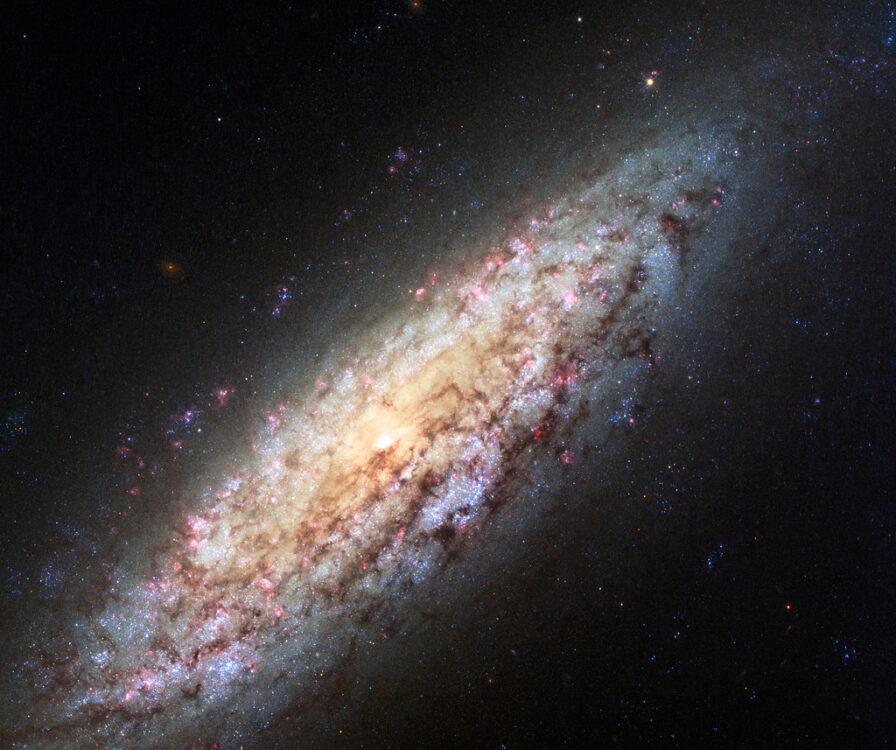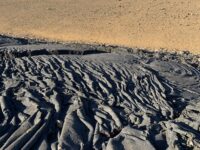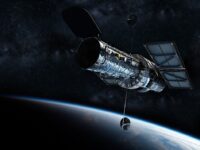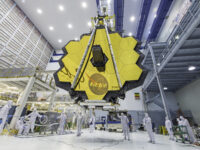When most people hear the name Hubble, they likely think of the groundbreaking telescope that captured unique planets, blazing stars, and clusters of light in its stunning photographs. It is less likely, however, that they think of the famous telescope’s namesake — Edwin Hubble, the astronomer who discovered the expanding universe.
Until the 1920s, astronomers had no evidence that the universe went beyond the borders of our galaxy and had even less reason to believe it was expanding. In 1923, Hubble received access to the Mount Wilson Observatory in Los Angeles — the biggest telescope of its time. At this time, most scientists considered unknown patches of gas-like clouds to be far-off objects that existed within the Milky Way, but there was a small opposition that believed these objects were separate entities from it. Hubble pointed the Mount Wilson telescope at one of these objects — the then Andromeda Nebula — and discovered multiple stars within it that were uniquely farther than those usually observed in the Milky Way. This discovery led him to the conclusion that Andromeda was a galaxy itself, and repeated observations of other “nebulae” provided proof of the existence of millions of galaxies outside our own.
“Hubble pointed the Mount Wilson telescope at one of these objects — the then Andromeda Nebula — and discovered multiple stars within it that were uniquely farther than those usually observed in the Milky Way.”
To measure the distance of objects from our galaxy, Hubble measured the brightness of Cepheid variable stars. A variable star varies in brightness over time, and a Cepheid variable star is a unique type that is both abnormally large and hot. Using an equation first derived by astronomer Henrietta Leavitt, Hubble predicted the brightness of a Cepheid variable star he observed through the Mount Wilson Observatory’s telescope. Knowing the change in brightness over time of one of these stars allowed him to determine the distance of that star from Earth, and therefore the distance of the realm it resided in. As he gathered more data on different Cepheid variable stars, he noticed that these distances were incredibly far beyond the bounds of the Milky Way and thus concluded that the universe extended beyond our galaxy. Through the continued study of other so-called nebulae and their Cepheid variable stars, he determined that there are at least millions of galaxies beyond our own — modern scientists estimate this number to be about two trillion.
“In the same decade he discovered a universe beyond the Milky Way, Edwin Hubble made another discovery: The universe was expanding.”
In the same decade that he discovered a universe beyond the Milky Way, Hubble made another discovery: The universe was expanding. While measuring the light emitted from what he now understood to be other galaxies, Hubble noted that certain galaxies had more of a red color than others. He knew that when objects that emit light move away from an observer, the light seems to have longer wavelengths, thus producing a red hue. This phenomenon is called “redshift,” and the observation that some galaxies were seemingly redder and smaller than others led Hubble to the conclusion that every galaxy was moving away from each other; the universe was therefore expanding. This discovery provided the foundation for the widely accepted Big Bang theory, as it suggested for the first time that the universe was expanding from a single point.
The work of Hubble transformed people’s understanding of the cosmos by revealing the reality of our universe’s nature and laying the foundation for modern astronomy. It is no wonder that the Hubble telescope, capturing the breathtaking imagery of our cosmos, continued to further our knowledge of the universe long after Hubble’s death.






